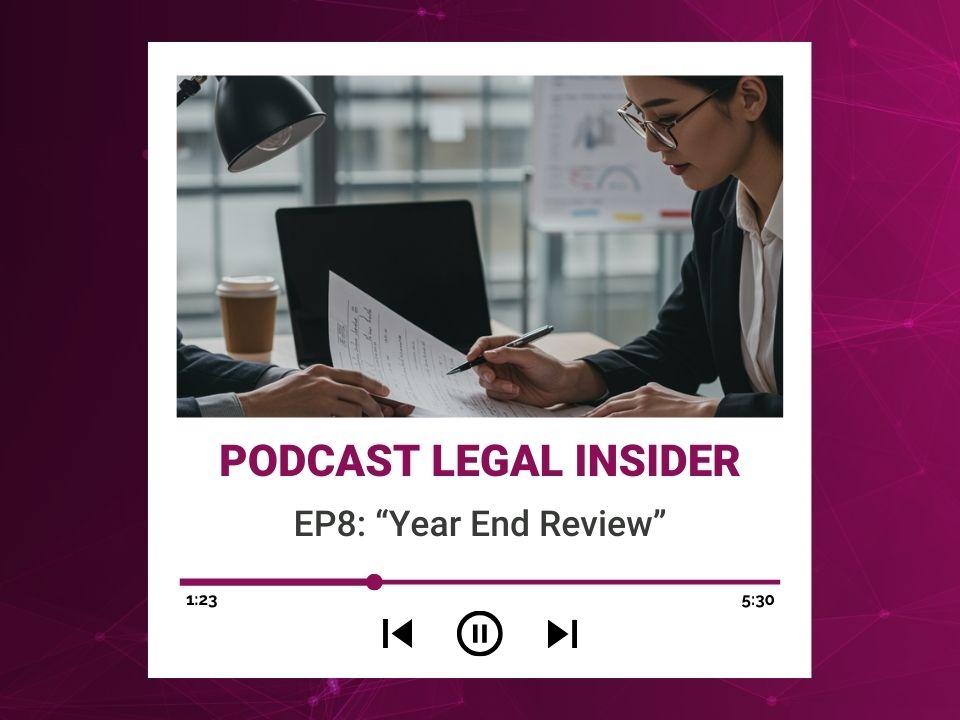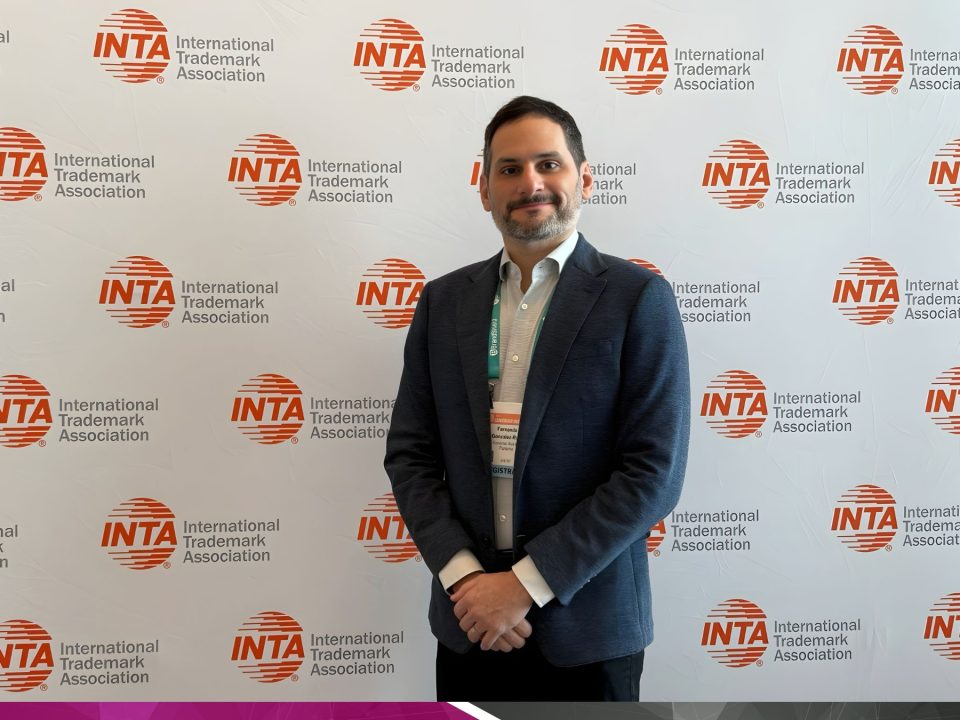Lexology Labour & Employment 2022 – Javier Vallarino and Karen Tejeira
01/10/2022
Main Characteristics of a BVI Trust
12/10/2022Regardless of our age or the size of our patrimony, it is important to properly organize the assets we own because unforeseen events arise in life.
Listen to this article:
 By: Estefanía Alemán – General Manager of Icaza Trust Corporation
By: Estefanía Alemán – General Manager of Icaza Trust Corporation
Regardless of our age or the size of our patrimony, it is important to properly organize the assets we own because unforeseen events arise in life. By properly organizing the assets that we own, I mean the following: i) make sure that the assets we acquire are duly transferred in our favor as individuals, or in favor of a legal person of which we are beneficiaries; ii) and plan the destination or succession of these assets once we die so that they are transferred to the people we wish without major legal complications.
We must make sure that the assets we acquire are duly transferred in our favor because on many occasions we think or assume that we have acquired an asset, and later we find out that we are not the owners of the asset because it was not transferred to us according to the legal formalities required for the transfer. Recently a family member told me that he had noticed that the apartment in which he has been living for more than ten (10) years, and for which he has paid a mortgage during this period, is still registered in the name of the developer. I have also come across many cases in which a client believes to be the owner of some shares, and then realizes that they were not endorsed correctly, and the transfer of shares was not recorded in his or her favor in the company’s share register. In my experience, cases in which people believe that they own assets when legally these assets have not been transferred in their favor are more common than we imagine. Therefore, we must review and confirm that the assets in which we have an interest or participation are correctly transferred in our favor personally, or in favor of a legal person of which we are beneficiaries.
The second important point is to plan the destination or succession of our assets once we die. Generally, we do not give importance to this matter because we do not see our death proximate, we let this issue pass by, or we think that an estate planning structure is expensive. However, for a person’s heirs dealing with the estate of their deceased family member is tedious, and painful, and may involve conflicts, time, and money before being able to transfer the deceased relative’s assets in their favor.
For example, when a person dies and has no will or estate-planning vehicle, he or she dies intestate. The intestate succession proceedings can take approximately one year if no conflicts or obstacles arise during the proceedings. If conflicts and obstacles arise within the process, years may pass by before the heirs are able to receive the deceased relative’s assets.
Generally, an intestate succession proceeding involves the following steps:
- The interested parties must identify the last domicile of the deceased in order for the notaries of their notarial circuit to certify that the deceased did not leave a will.
- The interested parties must present before a circuit court the notarial certifications and the request for opening the Intestate Succession Proceedings.
- The circuit court accepts the request for opening the Intestate Succession Proceedings, and forwards it to the Public Ministry so that the civil courts may declare whether they have any objections to the opening of the proceedings.
- After receiving the response from the Public Ministry, the corresponding circuit court issues a resolution declaring the opening of the Succession Proceedings.
- The circuit court publishes the opening of the proceedings, which in several cases causes potential heirs of the deceased to come forward to claim an interest in the estate.
- Subsequently, the circuit court carries out the inventory and appraisal of the estate of the deceased.
- When the inventory and appraisal of the estate is completed, the court subtracts the liabilities from the estate, and declares the value of the estate.
- The court publishes the value of the estate assets, and any interested party may file objections.
- After assessing any objections, the court issues a ruling on the value of the estate assets.
- Finally, the court issues a resolution awarding the inheritance assets to the appropriate heirs.
The intestate succession proceedings involve time, costs, and potential conflicts and obstacles. When a person dies and has a will, the testate succession proceedings are similar to intestate succession proceedings, except that they do not require steps (i) and (iii) above, and possibly involve fewer conflicts because the heirs have been identified. However, the testate succession proceedings also involve time, costs, and legal formalities. Thus, the transfer of the deceased’s assets does not occur automatically in favor of the heirs.
The most efficient, organized, and transparent way for a person to transfer assets in favor of his or her heirs is through a Private Interest Foundation or a Trust. Both vehicles have different legal characteristics, but a common objective, which is to distribute and transfer assets in favor of the Beneficiaries that apply in each case in an automatic and efficient manner. Depending on the idiosyncrasies of each patriarch, and the value and variety of the estate, the Private Interest Foundation or Trust can be simple or complex to fulfill the wishes of the person upon his or her incapacity or death.








